Varkey, M. et als.
Burns & Trauma. 2019; 7:4
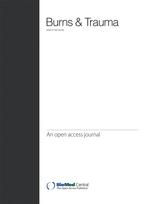 Burns are a significant cause of trauma, and over the years, the focus of patient care has shifted from just survival to facilitation of improved functional outcomes. Typically, burn treatment, especially in the case of extensive burn injuries, involves surgical excision of injured skin and reconstruction of the burn injury with the aid of skin substitutes. Conventional skin substitutes do not contain all skin cell types and do not facilitate recapitulation of native skin physiology. Three-dimensional (3D) bioprinting for reconstruction of burn injuries involves layer-by-layer deposition of cells along with scaffolding materials over the injured areas. Skin bioprinting can be done either in situ or in vitro.
Burns are a significant cause of trauma, and over the years, the focus of patient care has shifted from just survival to facilitation of improved functional outcomes. Typically, burn treatment, especially in the case of extensive burn injuries, involves surgical excision of injured skin and reconstruction of the burn injury with the aid of skin substitutes. Conventional skin substitutes do not contain all skin cell types and do not facilitate recapitulation of native skin physiology. Three-dimensional (3D) bioprinting for reconstruction of burn injuries involves layer-by-layer deposition of cells along with scaffolding materials over the injured areas. Skin bioprinting can be done either in situ or in vitro.
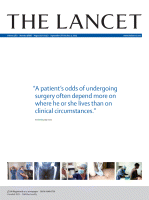 Autologous fat grafting is increasingly used in reconstructive surgery. However, resorption rates ranging from 25% to 80% have been reported. Therefore, methods to increase graft viability are needed. Here, we report the results of a triple-blind, placebo-controlled trial to compare the survival of fat grafts enriched with autologous adipose-derived stem cells (ASCs) versus non-enriched fat grafts.
Autologous fat grafting is increasingly used in reconstructive surgery. However, resorption rates ranging from 25% to 80% have been reported. Therefore, methods to increase graft viability are needed. Here, we report the results of a triple-blind, placebo-controlled trial to compare the survival of fat grafts enriched with autologous adipose-derived stem cells (ASCs) versus non-enriched fat grafts.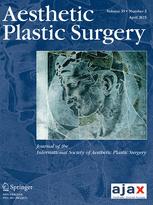
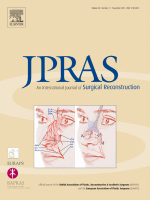 Mastectomy and breast reconstruction are essential parts of the treatment of breast cancer. Acellular dermal matrices (ADMs) have been used for the reconstruction of the lower pole due to many advantages; however, its cost is seen as a major drawback in this era of concern for the allocation of health-care funds. Recently, polyglactin 910 (Vicryl; Ethicon, Somerville, NJ, USA) mesh has been published as an alternative. We assessed the published literature, in particular investigating for studies that compare Vicryl mesh with ADM.
Mastectomy and breast reconstruction are essential parts of the treatment of breast cancer. Acellular dermal matrices (ADMs) have been used for the reconstruction of the lower pole due to many advantages; however, its cost is seen as a major drawback in this era of concern for the allocation of health-care funds. Recently, polyglactin 910 (Vicryl; Ethicon, Somerville, NJ, USA) mesh has been published as an alternative. We assessed the published literature, in particular investigating for studies that compare Vicryl mesh with ADM.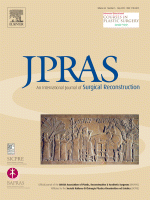 Pinna deformities, combined with congenital aural atresia, have been a matter of serious debate in the literature as they are associated with major aesthetic and functional problems that are difficult to manage. These problems have been described as early as 2000 BC. The aim of the present article is to approach the whole problem as one (pinna malformation and aural atresia) and present the history as well as the current approaches in reconstruction.
Pinna deformities, combined with congenital aural atresia, have been a matter of serious debate in the literature as they are associated with major aesthetic and functional problems that are difficult to manage. These problems have been described as early as 2000 BC. The aim of the present article is to approach the whole problem as one (pinna malformation and aural atresia) and present the history as well as the current approaches in reconstruction.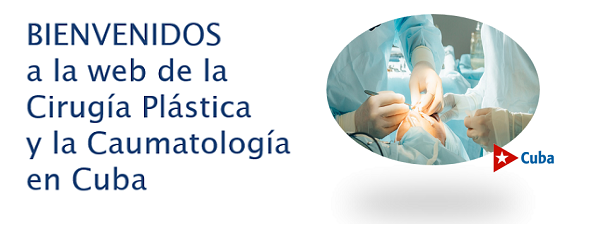
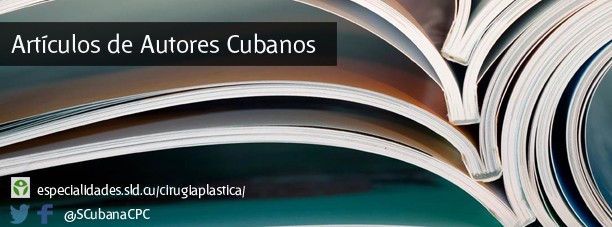
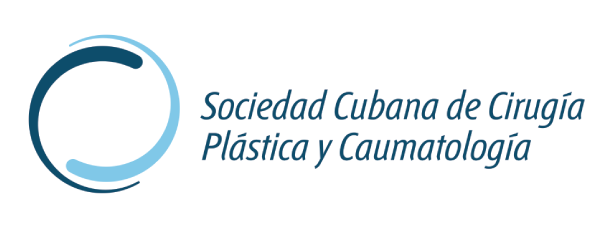
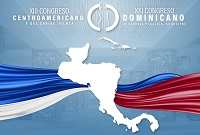
 Sitio web publicado el
Sitio web publicado el
Los lectores comentan